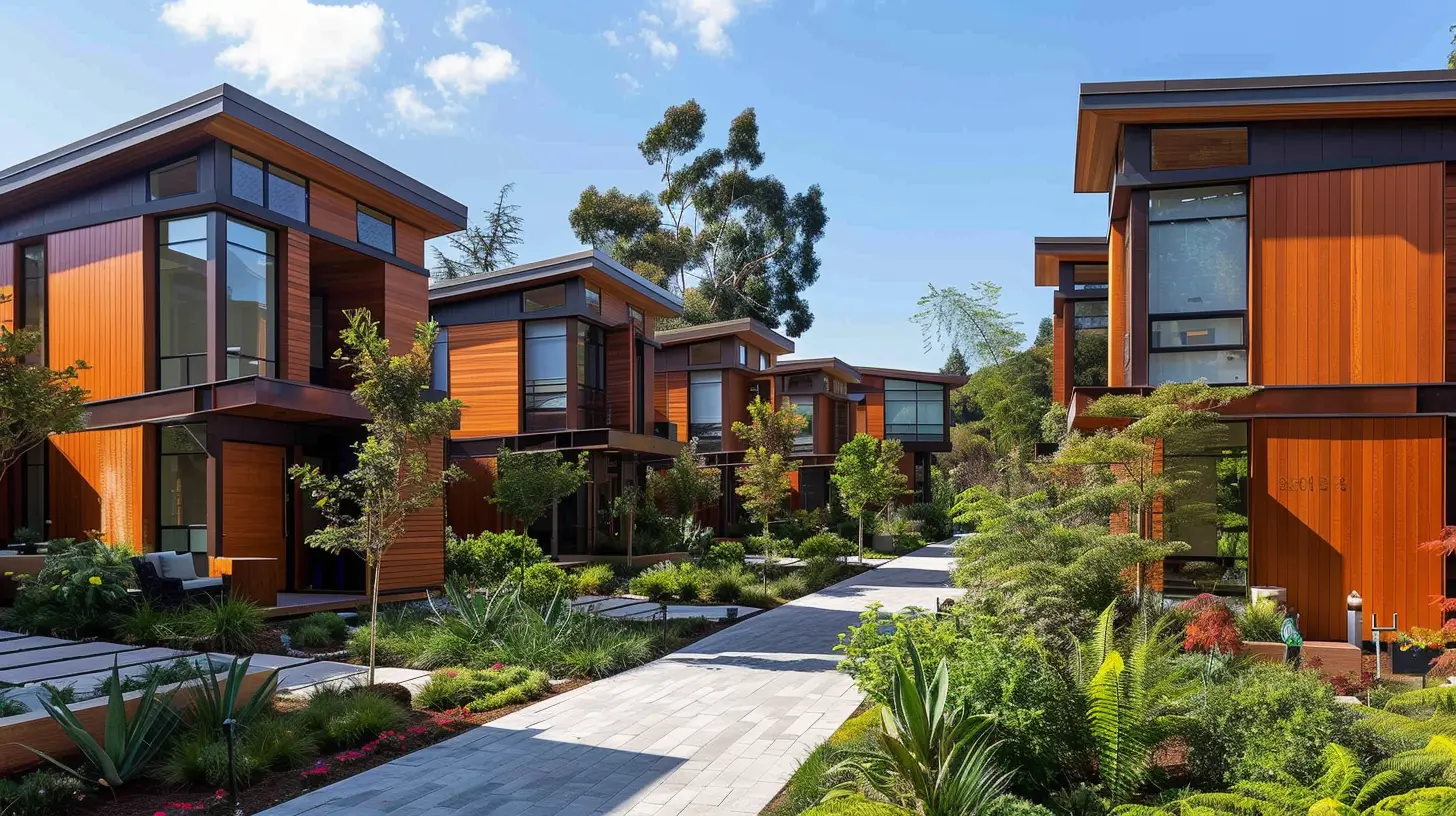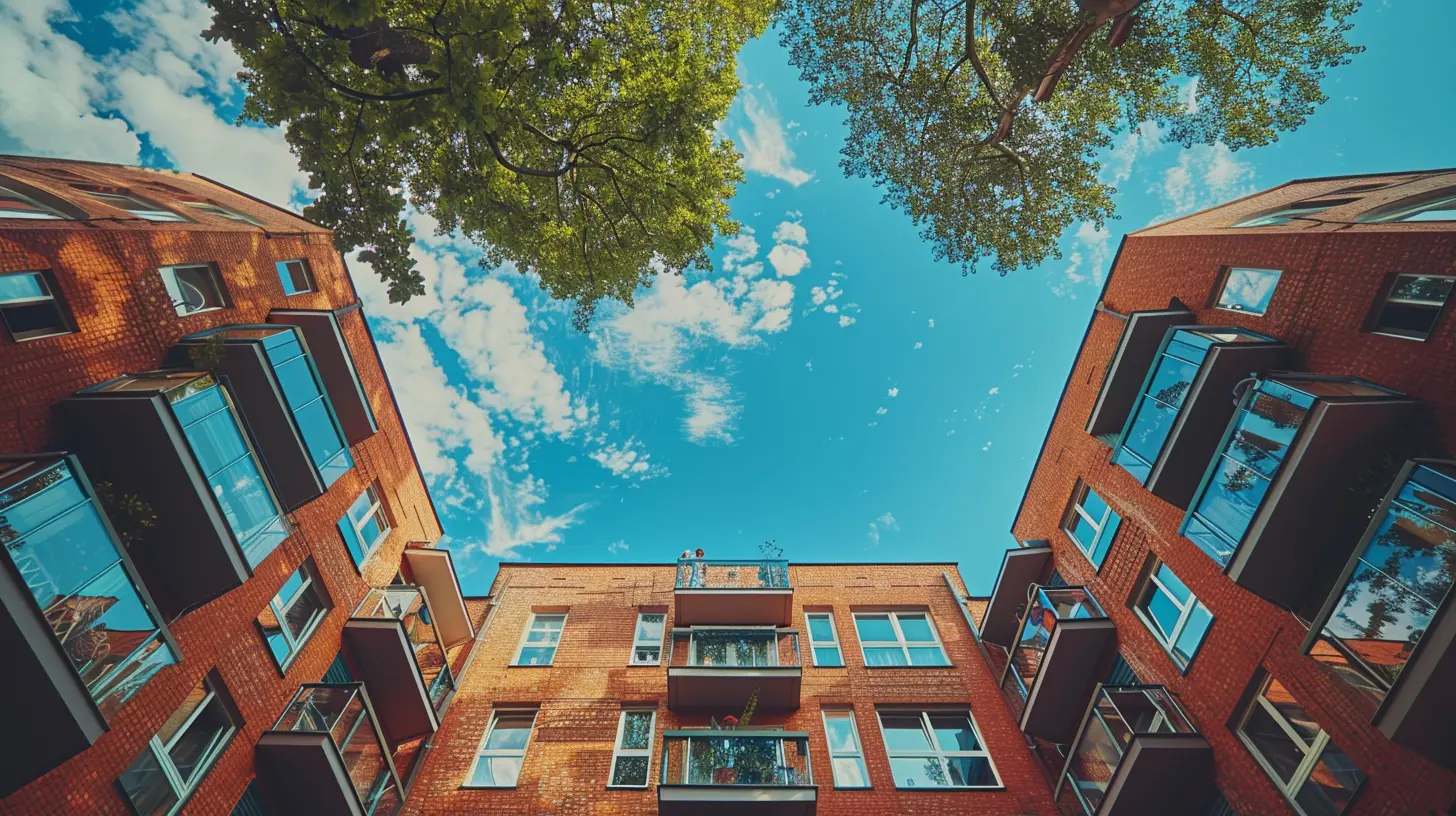Affordable Housing: A Sustainable Real Estate Investment Opportunity
12 August 2025
The world is changing fast—and with it, the real estate game is shifting in ways many investors didn’t quite see coming. Flashy skyscrapers and luxury condos might still steal the spotlight, but under the radar, a quiet revolution is unfolding: affordable housing is quickly becoming one of the most promising and sustainable real estate investment opportunities today.
Sounds a bit surprising, right? But stick around. We’re going to break it down, show you the numbers, the logic, and the heart behind this movement—because yes, affordable housing isn’t just smart business, it’s also genuinely good for our communities.
What Is Affordable Housing, Really?
Let’s clear the air first. Affordable housing isn’t just a buzzword—it’s housing that costs no more than 30% of a household’s income. It’s designed for low- to middle-income families, essential workers, seniors, and sometimes even recent graduates just getting started.When you think about it, affordable housing isn’t just for “them”—it’s for all of us. It could be your child’s new teacher, the barista at your favorite coffee shop, your Uber driver, or the nurse who treated you last month.
And here’s the kicker: as rental and homeownership costs continue to skyrocket, the demand for affordable housing is exploding.
Why the Affordable Housing Crisis Is a Golden Investment Opportunity
Let’s talk dollars and sense.We’re facing an affordable housing shortage across almost every region. In the U.S., there’s a gap of over 7 million affordable rental homes for extremely low-income renters. Roughly 1 in 4 eligible low-income renters are actually receiving housing assistance. That’s a staggering supply-demand imbalance—and if you’ve ever dabbled in Econ 101, you know that when demand outweighs supply, it creates opportunity.
So, where’s the opportunity for investors?
– Consistent Demand: In any economic cycle—whether boom or bust—people need housing. But affordable housing is almost recession-proof. In tough times, more people need it. In good times, the demand doesn’t disappear.
– Government Incentives: Local and federal programs often offer tax credits, grants, zoning benefits, and low-interest loans to affordable housing developers and investors (hello, passive income).
– Lower Vacancy Rates: When rent is genuinely affordable, tenants stick around. That means long-term occupancy and stable returns.
– Community Impact: You’re not just making money—you’re also making a difference. That’s the kind of “return” that’s priceless.
The Sustainability Angle: Why It’s Not Just About Profit
If you're into real estate for the long haul—and let’s be real, most smart investors are—you probably care about sustainability. Affordable housing is a win-win on this front.1. Environmental Sustainability
Affordable housing developments today are no longer poorly maintained buildings from decades ago. Many new developments are built with energy-efficient materials, green spaces, and sustainable technologies to reduce long-term operational costs.Some even tap into solar energy, rainwater harvesting, or smart climate control systems. And guess what? That means lower utility costs for tenants and better long-term ROI for you.
2. Social Sustainability
Let’s get real: communities thrive when people have stable housing. Kids perform better in school. Crime rates go down. Residents spend more in the local economy. Affordable housing lays the foundation for a resilient neighborhood—one that thrives for decades.When investors play a role in creating that kind of environment, they aren’t just being socially responsible—they’re building stable, long-term demand for their properties.
How to Invest in Affordable Housing
So, you’re convinced that affordable housing is worth exploring—but how do you get started?There’s more than one road to Rome, and the same applies here. Let’s break it down:
1. Direct Ownership
This is the good old-fashioned way. Buy land, construct affordable housing, or purchase existing properties and convert them into affordable units.It’s a hands-on approach—probably best for those who don’t mind rolling up their sleeves and navigating zoning laws, permits, and development plans. But hey, high risk, high reward, right?
2. Real Estate Investment Trusts (REITs)
Want to invest without all the management hassles? Some REITs are focused on affordable or workforce housing. These allow you to buy in with a smaller investment and still ride the wave of consistent rental income.Think of it like buying a piece of the pie without baking the cake yourself.
3. Public-Private Partnerships (PPPs)
Governments often team up with private investors to build affordable housing. These partnerships offer reduced land costs, subsidies, or tax incentives to make projects financially viable. It's like having a teammate who brings cash and connections to the table.4. Crowdfunding Platforms
Yep, affordable housing has gone digital. Now, thanks to platforms like Fundrise or RealtyMogul, investors can pool money together and fund affordable housing projects across the country. It’s real estate investing for the 21st century—and totally beginner-friendly.The Risks and Challenges You Can’t Ignore
Let’s not sugarcoat it—not every investment is a slam dunk, and affordable housing isn’t immune to risks.- Regulatory Red Tape: Dealing with government programs and compliance requirements can be a headache. You’ll need a sharp legal team and lots of patience.
- Lower Margins (Initially): Affordable housing doesn’t bring in luxury-level rents. However, what it lacks in glitzy returns, it makes up for with stability and long-term gains.
- Community Pushback: Sometimes neighborhoods resist affordable housing developments, due to outdated stereotypes. Educating the community and gaining support can be part of the process.
- Maintenance and Management: Affordable housing tenants deserve high-quality service, just like anyone else. That means putting systems in place or hiring solid property management.
But here’s the truth: any investment worth doing comes with challenges. The key is knowing how to navigate them—and positioning yourself smartly from day one.
Affordable Housing and Long-Term Wealth Creation
Here’s a little secret most big-name investors already know: real wealth isn’t built overnight—it’s built over decades.Affordable housing might not give you explosive, overnight returns, but it offers something far more valuable: predictability. With the right strategy, you can generate reliable rental income, qualify for federal tax incentives, and hold onto property that appreciates steadily in growing markets.
Plus, as cities expand, many neighborhoods currently seen as "affordable" could become the next big thing. Remember Brooklyn 20 years ago?
Real-Life Success Stories
Still need a little inspiration? Check these out:- Local Hero Developers: In cities like Denver and Austin, independent developers are teaming up with local governments to convert unused commercial spaces into vibrant, mixed-income communities. Not only are they turning profits—they're restoring life to forgotten neighborhoods.
- REITs Paying Dividends: Companies like AvalonBay and Mid-America Apartment Communities focus on workforce housing and have delivered consistent returns—even during market downturns.
- Crowdfunded Wins: Thousands of small investors have funded successful affordable housing projects through platforms like CrowdStreet, gaining exposure to real estate with as little as $500 invested.
Turns out, you don’t need to be a millionaire to make a meaningful impact—and earn like one.
The Future: Why Affordable Housing Isn’t a Trend—It’s a Movement
Think about where we’re heading.Urban migration is growing. Middle-wage jobs aren’t keeping up with the cost of living. Remote work is shaking up where and how people live. And climate change is influencing how we build and where we invest.
In short, affordable housing sits right at the intersection of economic necessity, social equity, and smart investing.
It’s not just a short-term play. It's a long-term movement that savvy investors are jumping on now before the rest of the crowd catches up.
Final Thoughts: Is Affordable Housing Right for Your Investment Portfolio?
If you're someone who’s looking to balance risk with return, cash flow with impact, and financial growth with a sense of purpose—then affordable housing might just be the missing piece of your portfolio.It's not flashy. It won’t make your Instagram feed pop. But it’s steady, it’s meaningful, and it’s poised for long-term growth.
So, the real question is: do you want to just ride the real estate wave—or help shape the future of our communities while building wealth at the same time?
Let that sink in.
all images in this post were generated using AI tools
Category:
Real Estate InvestingAuthor:

Alana Kane
Discussion
rate this article
1 comments
Alanna Cooper
Affordable housing represents a unique investment opportunity in today’s market. By focusing on sustainable projects, investors can not only achieve solid returns but also contribute to community development. As demand rises, integrating environmental practices in these developments enhances long-term value while addressing critical housing needs.
September 12, 2025 at 4:33 AM

Alana Kane
Thank you for your insightful comment! I completely agree; sustainable affordable housing not only provides strong investment returns but also plays a vital role in community development and addressing urgent housing needs.


